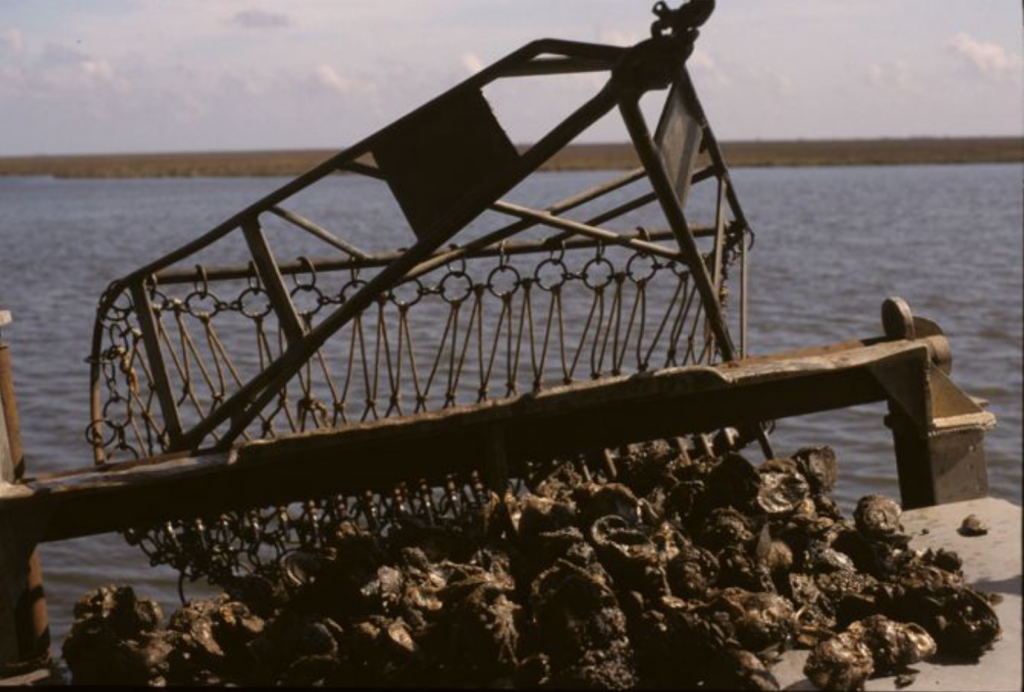As Hurricane Ida plowed into southeast Louisiana and on to the Northeast, another storm surge of sorts swept through seafood markets, a brutal putdown to the industry’s slow pandemic recovery.
With heavy damage to local fleets, hard-hit Lafourche and Terrebonne parish bayou communities were cut off from power through the end of September, hobbling efforts to repair docks and bring back ice and shrimp packing.
Frozen shrimp supplies kept that market supplied for the time, but one immediate impact extending far beyond the region was sudden shortages and escalating prices for oysters.
“There’s just no supply coming off the Gulf Coast,” said Chris Nelson of Bon Secour Fisheries in Bon Secour, Ala., who buys from across the region. In mid-September off-bottom oyster farms in Alabama and Florida were still working, but they put out “really negligible production” compared to what usually comes from leased bottom in Louisiana, he said.
That’s right where Ida came ashore at 150 mph.
“It could not have gone in at a worse place. It took out everything in Lafourche, Terrebonne and Plaquemines” on up to St. Bernard, said Nelson. “All those folks out there, I really feel for them.”
Before the storm, “the markets have been fairly strong,” said Nelson. “Some facilities are coming back, but supply is a challenge,” and Louisiana had to restart water testing to clear waters for harvest.
The impact was felt as far north as New York City, where the famed Grand Central Oyster Bar — on the verge of reopening Sept. 6 after a 17-month shutdown during the covid-19 pandemic — pushed that date back two weeks.
“Due to unforeseen operational issues and delays caused by Hurricane Ida, the reopening of the Grand Central Oyster Bar has been postponed two weeks until the week of September 20,” according to a statement from restaurant management.
Other restaurant operators from Georgia to Texas, heavily reliant on gulf oysters, felt the impact on top of long-running supply chain issues brought on during the pandemic. In addition, heavy rains in following days from Ida “certainly shut down most of the East Coast” for oyster production, said Robert Rheault, executive director of the East Coast Shellfish Growers Association.
Gulf growers who were not heavily damaged by the storm should be in better shape for their winter season, because “this time of year their animals don’t start fattening up until November,” said Rheault.
Despite temporary spikes in prices from storms, “prices don’t typically change that much. They’re mostly steady year-round,” said Rheault. One factor is a now-national availability of oysters from different regions of the coast, with even Maryland and Virginia product shipping South when needed, he said.







